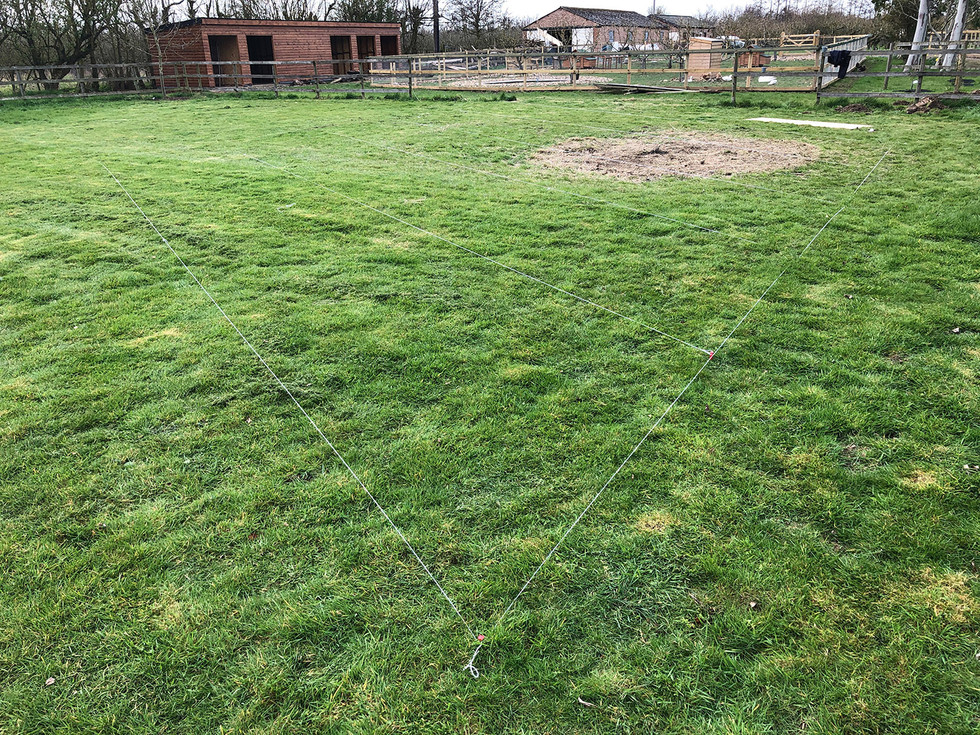OUR FIRST ENVIRONMENTAL CONSIDERATION - SOLAR
- Chris Berry
- Feb 18, 2019
- 3 min read
Updated: Jan 2, 2023
As part of renovating the three properties on site we wanted to replace the oil boiler heating systems with something more modern and environmentally friendly. As such we researched biomass boiler systems, and ground source and air source heat pumps eventually deciding to go with air source heat pumps on the grounds of cost, installation logistics and the fact that we could just leave them to run whereas biomass systems need ‘feeding’ with fuel and given we struggled enough to remember to order oil for the existing systems this didn’t seem like a great idea. There were two issues we could see, firstly would air source work with an old building like the mill (more of which in that specific project) and secondly would the electricity usage be ludicrously high as this was often cited as a reason not to install them in many reviews and internet forum opinions (although there were just as many converse opinions probably due to different people’s expectations). With an eye on the electricity costs we turned to the idea of installing solar panels and did some calculations based on the likely cost saving and the feed in tariff payments. These indicated we were likely to see a return on our investment within approximately 7 years although this was with some educated guesswork around the air source heat pump consumption.
As we were in this for the long haul the return on investment time seemed attractive and we therefore decided to make some more detailed enquiries, but then we quickly realised we had a problem - the feed in tariff was ending on 31 March 2019. Without this the return on investment time would potentially double and there would then be serious question marks over whether it was worth it. As such we decided we needed to press ahead (it was already February 2019) and time was immediately spent researching and designing a system while simultaneously trying to find a registered installer to fit it (they have to be registered to certify the install for the feed in tariff). In terms of the design we wanted to put 42 panels in 3 groups of 14 in the corner of our paddock and wire these back to three inverters that would be mounted in the garage (so we could eventually install batteries as well) before distributing the power from each inverter to one of the properties. The diagram below shows the proposed layout:

Unsurprisingly every installer we contacted was booked up as people were obviously doing what we were trying to do and get their panels installed before the feed in tariff expired, but eventually we got lucky and found an installer who had two days available, 30 and 31 March 2019, the last two days the feed in tariff could be signed up and the install would need to be live by the end of 31 March 2019 to get it signed off and registered. The trouble was that we wanted a neat frame mounted install and they couldn’t do that in the timescale so we agreed a reduced price whereby we would dig all the trenches and lay the cables and the install would be made in ‘flat roof’ buckets lying in the field. After it was signed off we could then rebuild the installation on frames ourselves. Sometimes it seems we never do things the easy way, but this was a case of having no other option so the installer was booked and we commenced work setting out the field and digging the trenches in preparation for an intense two days with the installer.
Setting out the field for the 6 lines of panels.
Digging trenches and installing the cables (including the cable inspection cat).

























Bình luận